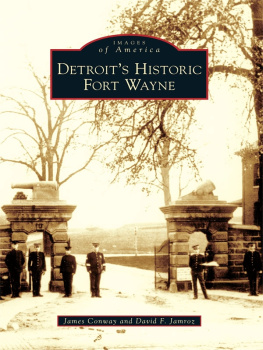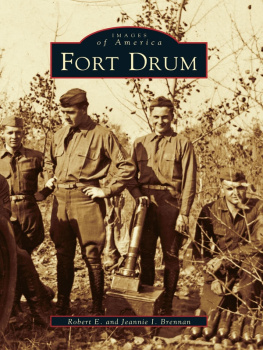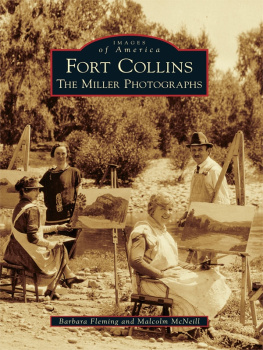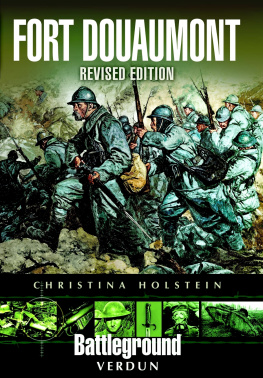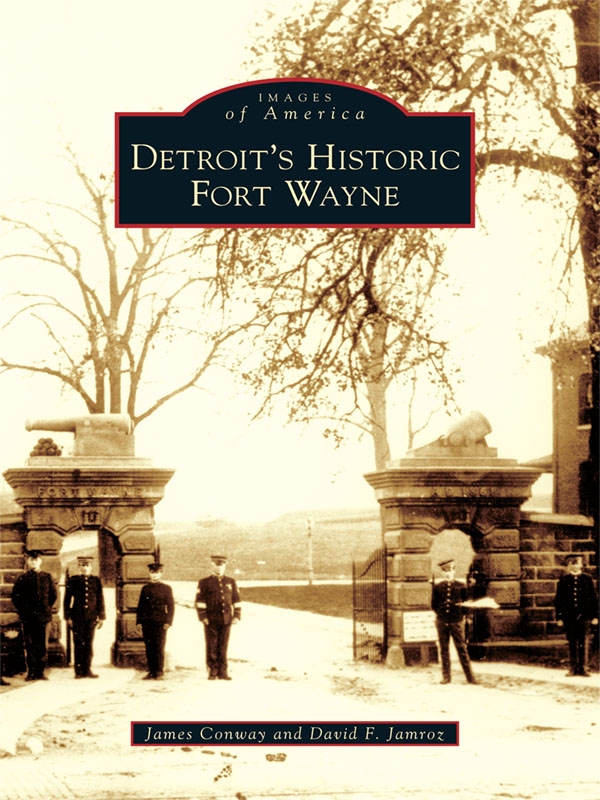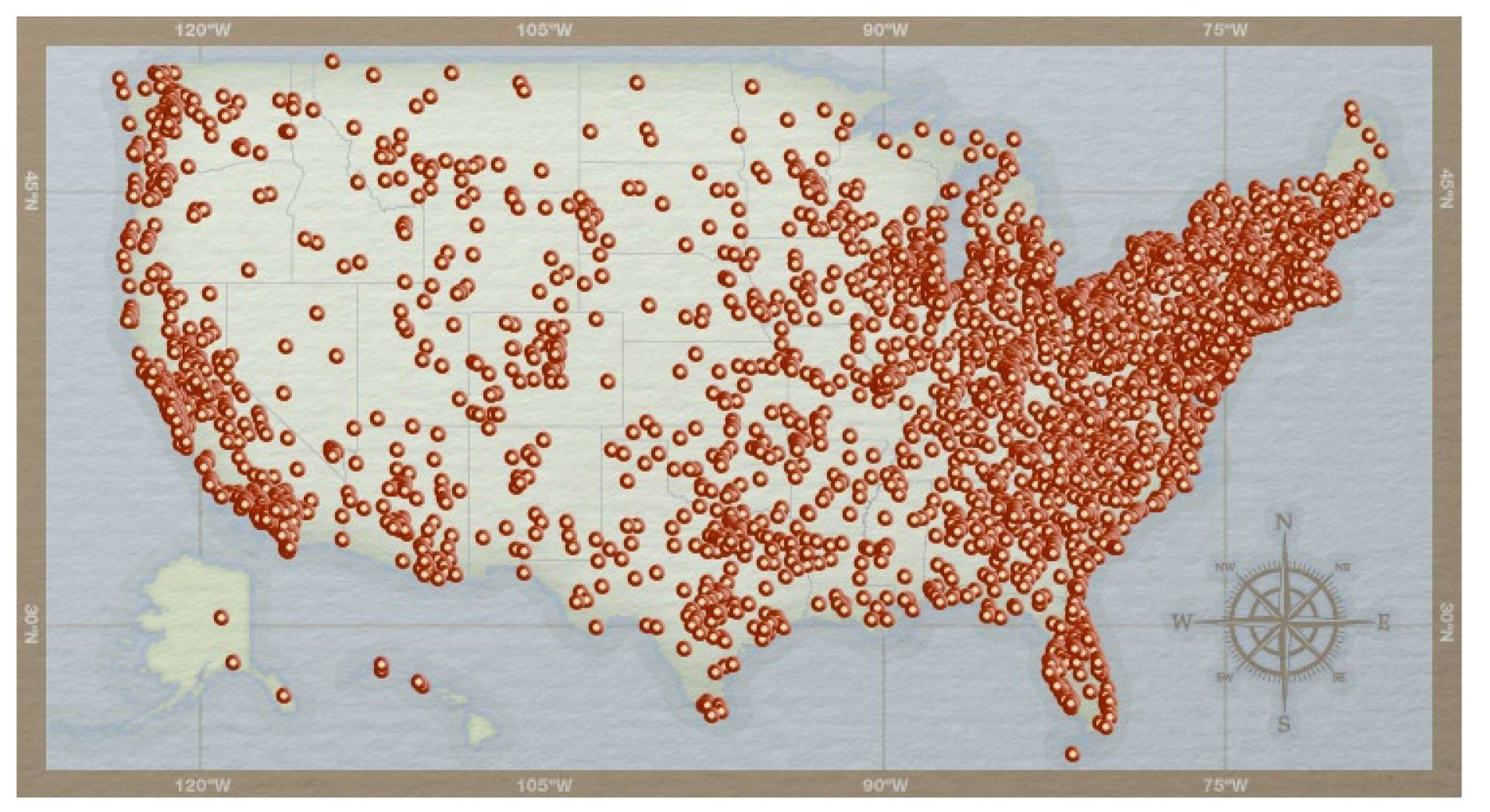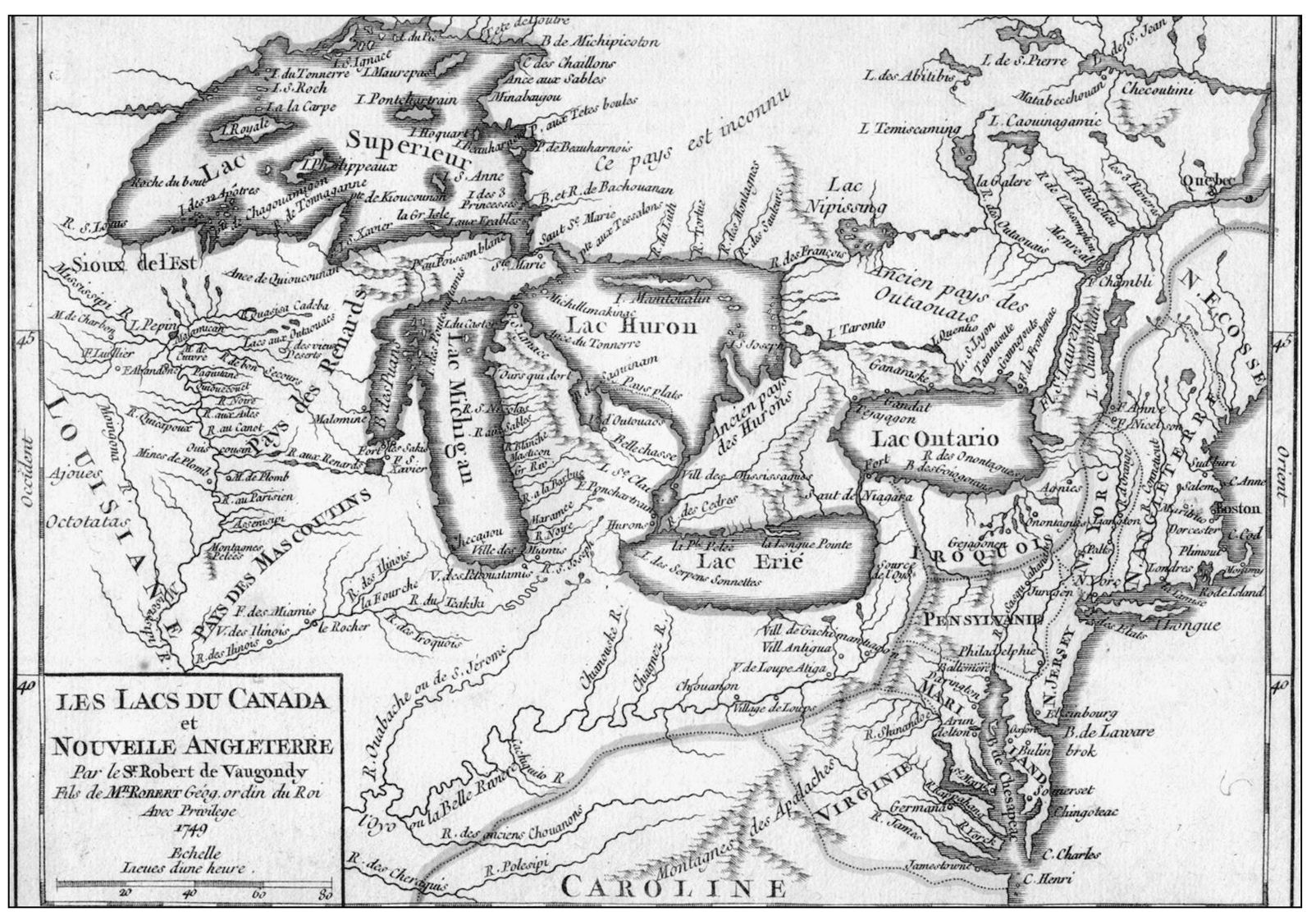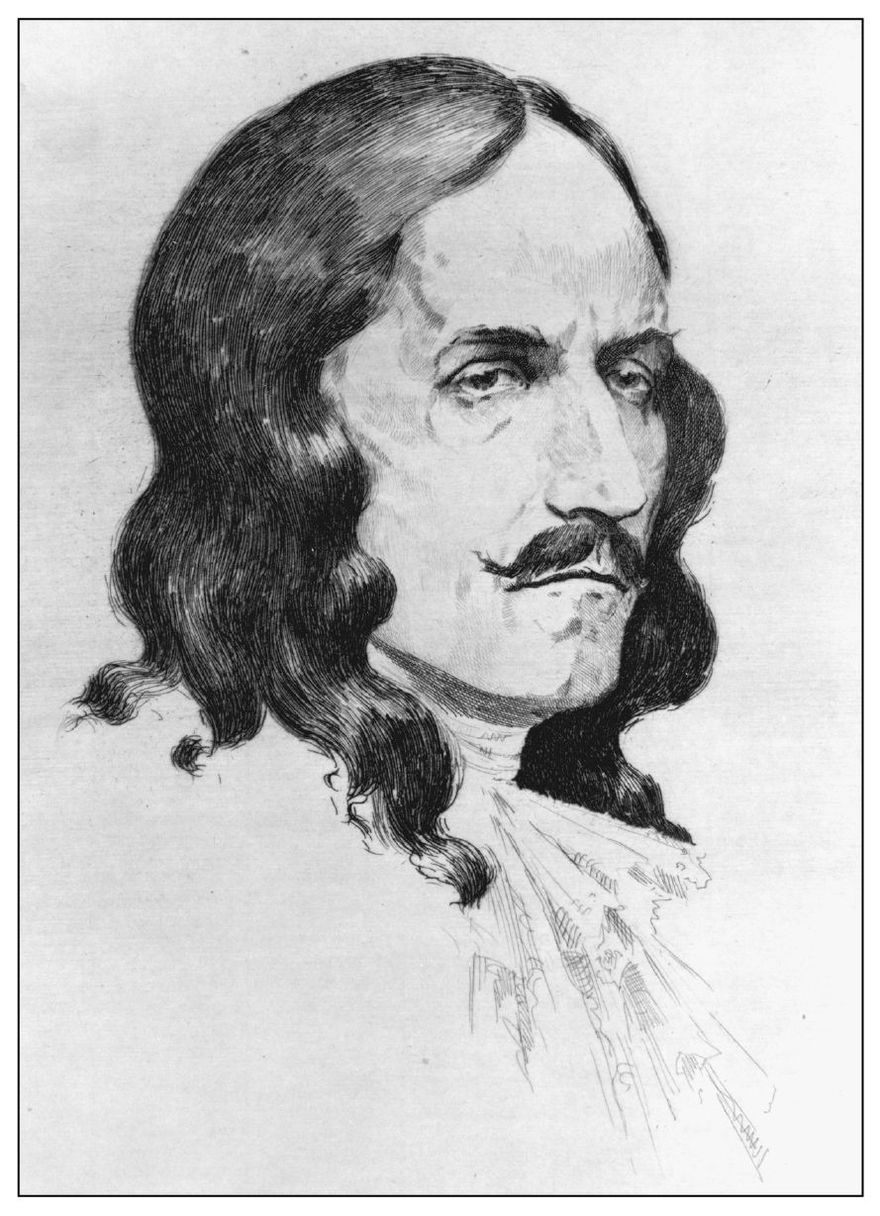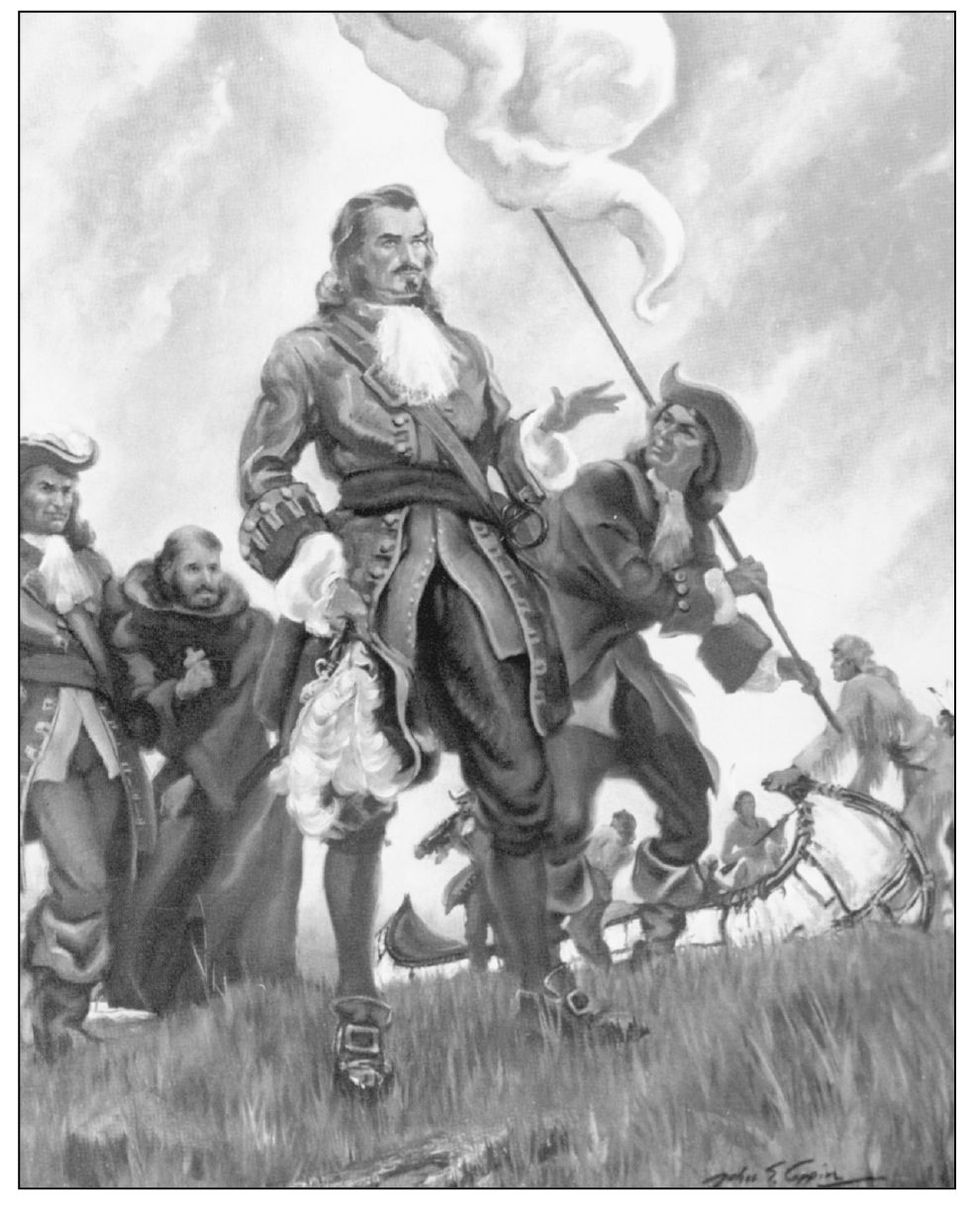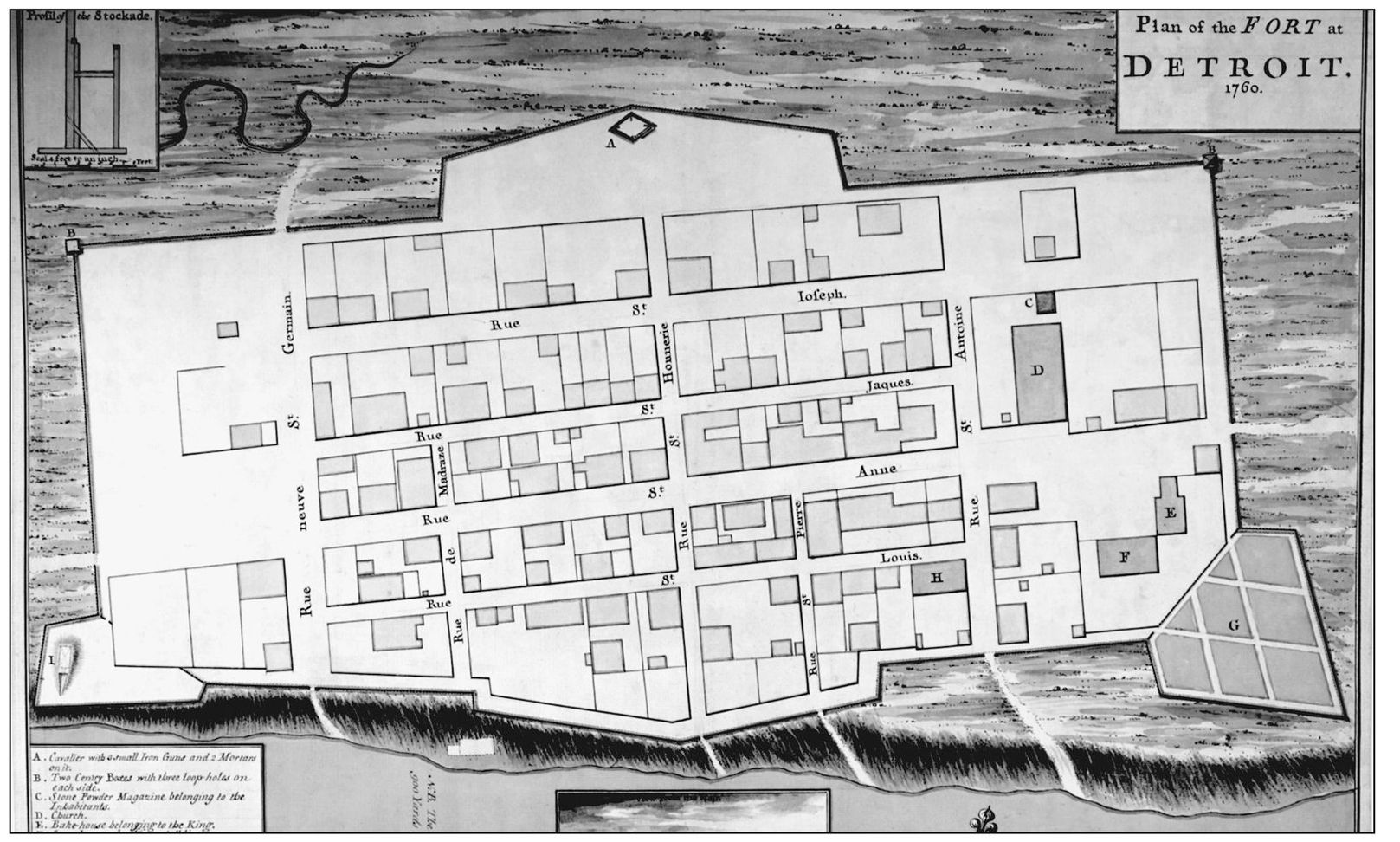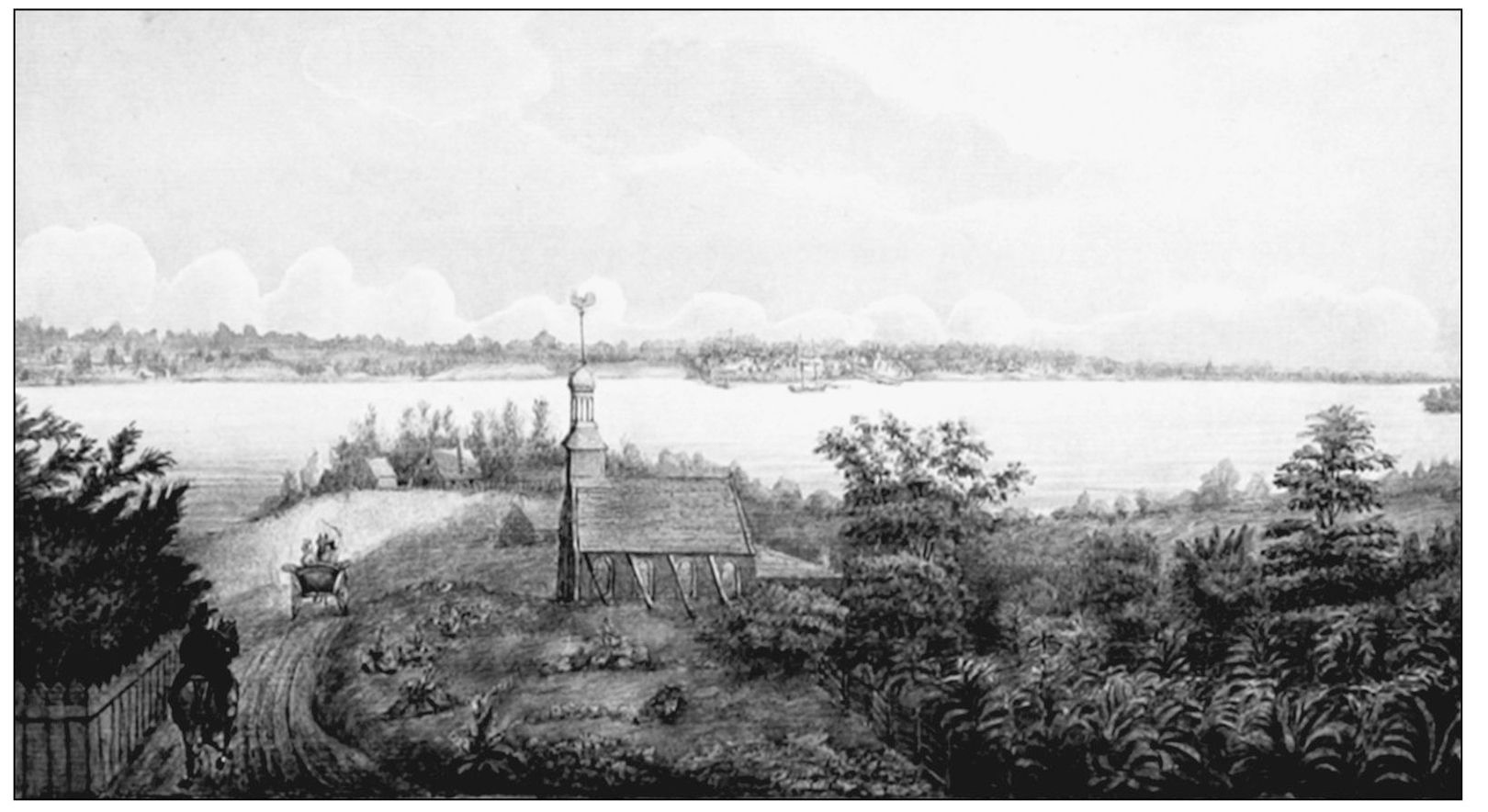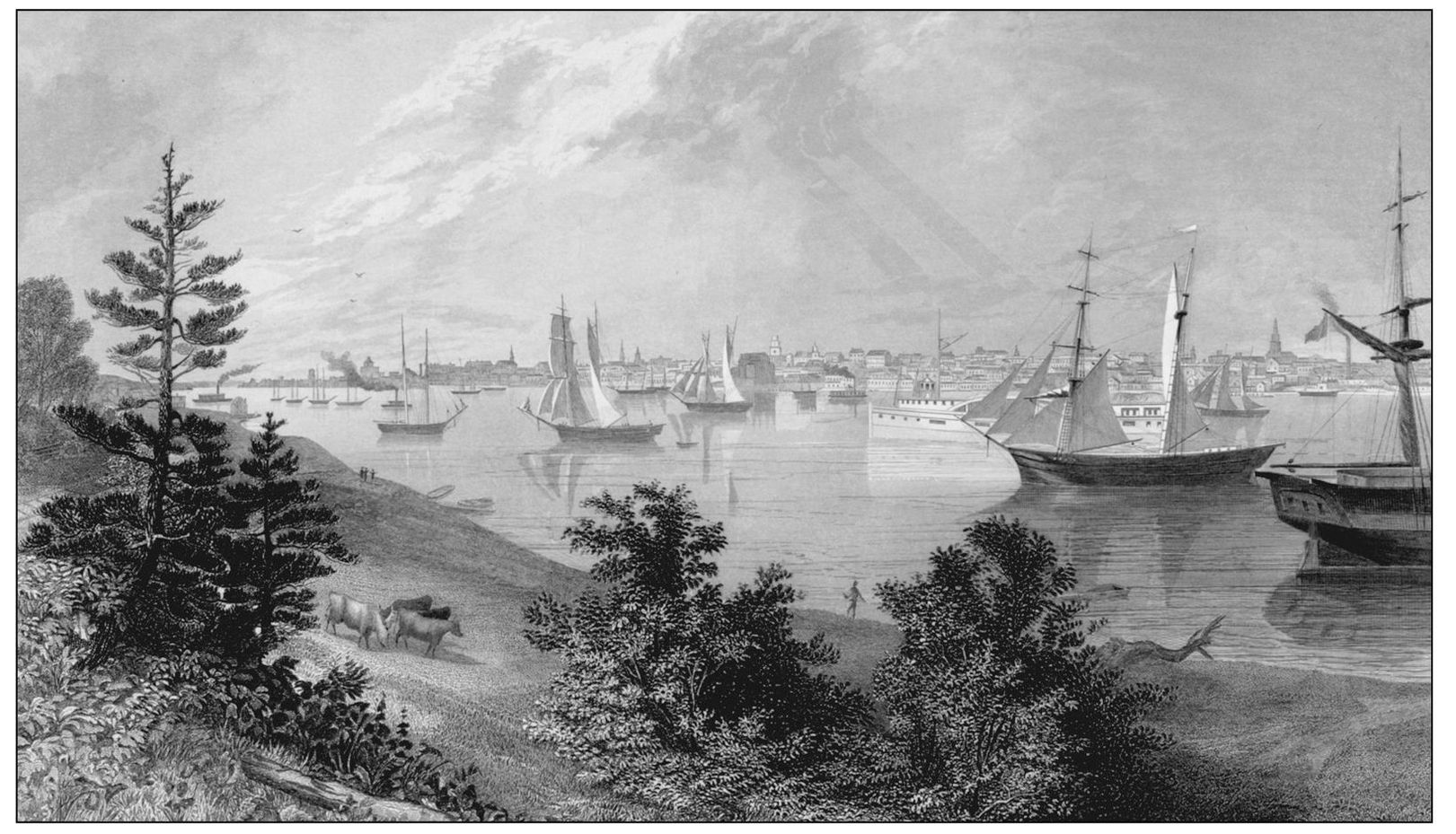ACKNOWLEDGMENTS
Since historic Fort Wayne was constructed in 1841, thousands of soldiers, Detroit public servants, and volunteers contributed tens of thousands of hours to preserve its history and facilities. Without their hard work and love of the old fort, this book would not have been possible. The Historic Fort Wayne Coalition, National Society Colonial Dames of America in Michigan, Friends of Fort Wayne, the Fort Wayne Guard, and many local public and commercial enterprises have dedicated time and resources preserving the history found in this book. The Detroit Historical Museums Collections Research Center, and the Detroit Public Librarys Burton Historical Collection offer a wealth of information on the fort. The majority of the images in this book were provided by them. Other images came from the collections of Wayne State Universitys Walter P. Reuther Library, the U. S. National Archives and Records Administration (NARA), the Library of Congress American Memory Collection, the Michigan State Archives, Travel Michigan, and the family collection of a Fort Wayne supporter donated in memory of all the veterans who have passed through the fort.
We thank our editor Anna Wilson of Arcadia Publishing for providing her professional expertise, and most importantly, her enthusiastic support. Author and collections curator Marianne Weldon provided access to the archives of the Detroit Historical Museum, and Detroit Historical Society executive director Robert Bury was generous in granting us permission to reproduce those images. B and B Studios provided photographic support for the oversize images used.
There are many who, through their commitment to the forts history, established the pathways to this book. Prominent among them are retired fort curator Dr. William Phenix, Thomas Berlucchi, Will Eichler, Bode Morin, Matt Merta, Linda and Robert Zaber, Genevieve Jamroz, Ed Badstuber, John Bluth, Michele Cierniak, Robbie Clifton, Michael W. R. Davis, Edwin Duda, Ted Dutkiewicz, Bill Hagen, Kevin Heise, Michael Kendra, Tony Krauss, Richard Lebeck, Joseph Lizor, Don Longo, Jim Mackenzie, Patience Nauta, Lt. Gen. Dave Palmer, Mark Patrick, John Polacsek, Doug Rogers, Geoff Rose, Chris Schuler, Leo Schuster, Albert St. Louis, David Schneider, Tom Stone, Tyler Strickler, Steve Titunik, Deborah Thunberg, Mary J. Wallace, Dr. William Vecchioni, Ridge Vincent, David Ward, Michael Webster, and Dr. Dennis Zembala. All provided the literary example, encouragement, and enthusiasm that made this book possible. We wish the City of Detroit Recreation Department under director Loren Jackson, deputy Lawrence Hemingway, manager Edith Worthy, and their staff every success in their continuing operation of the fort. Finally, to our wives, and Karen and Matt, we give thanks for their patience and continuing support.
Find more books like this at
www.imagesofamerica.com
Search for your hometown history, your old
stomping grounds, and even your favorite sports team.
One
DETROIT CITY ON THE STRAITS
The story of Detroits Fort Wayne begins in 1700 to the north at the French fur trading post, Fort de Buade, near St. Ignace, Michigan. The French commander viewed the growing British presence in the region with concern. He wanted to establish a French presence further south to counter the advancing British and their Iroquois allies. Protecting the territory of New France and its lucrative fur trade was at stake. (Detroit Historical Museum.)
Capt. Antoine De La Mothe Cadillac was controversial. He commanded the French garrison and ran a fur trading business. The use of liquor in negotiations with Native Americans led to difficulties with the Jesuit priests who saw it as interfering with their efforts to convert the tribes. Overcoming their powerful influence in the French government, Cadillac gained approval to build a fort at the straits connecting Lakes Erie and Huron. (Burton Collection.)
Cadillacs engineers selected a high point of land along a narrow point in the river for the fort and construction began in July 1701. The fort was named for Jerome Phelypeaux, Compte de Pontchartrain, minister for colonial affairs. The settlement growing up at the fort was known as the Village at the Straits (ville de troit). As French families moved into the area the permanent settlement was simply called Detroit. (Detroit Historical Museum.)
Early Detroit was a fur trading and farming community. The protection of the fort and river transportation was critical to the settlers. As a result, each farmer was given a narrow strip of land on the river that extended back two or three miles. Known as ribbon farms, these belts of land afforded the farmers security from Fort Pontchartrain and the ability to transport furs and produce to market. (Detroit Historical Museum.)
French governor Pierre Francois de Rigaud, Marquis de Vaudreuil-Cavagnal, surrendered the colony of New France to British forces in September 1760. Included in the surrender was the fort at Detroit. As French troops departed, British soldiers took possession of the town. The village had grown to a population of 2,000 with 300 buildings. England would occupy Detroit after the final borders of the United States were established following American independence in 1783. (Detroit Historical Museum.)
United States forces under the command of Capt. Moses Porter arrived in July 1796 to accept the transfer of Detroit from a British army caretaker detachment. After signing over government property to the Americans, the British commander removed his troops to Fort Malden near Amherstburg, Ontario. Americans and British now faced each other across a new international border. Detroit was an American settlement, but the population remained largely French speaking. (Detroit Historical Museum.)
The 32-mile-long Detroit River developed into an important transportation route for commercial traffic with the introduction of steam ships. With completion of the Erie Canal, Detroit became an international port. By the 1850s, shipping was the citys largest industry. Shipments of agricultural products, wood, coal, ore, stone/aggregates, and general cargoes helped establish the city as a transportation center leading the way to Detroit becoming a manufacturing center. (Detroit Historical Museum.)

